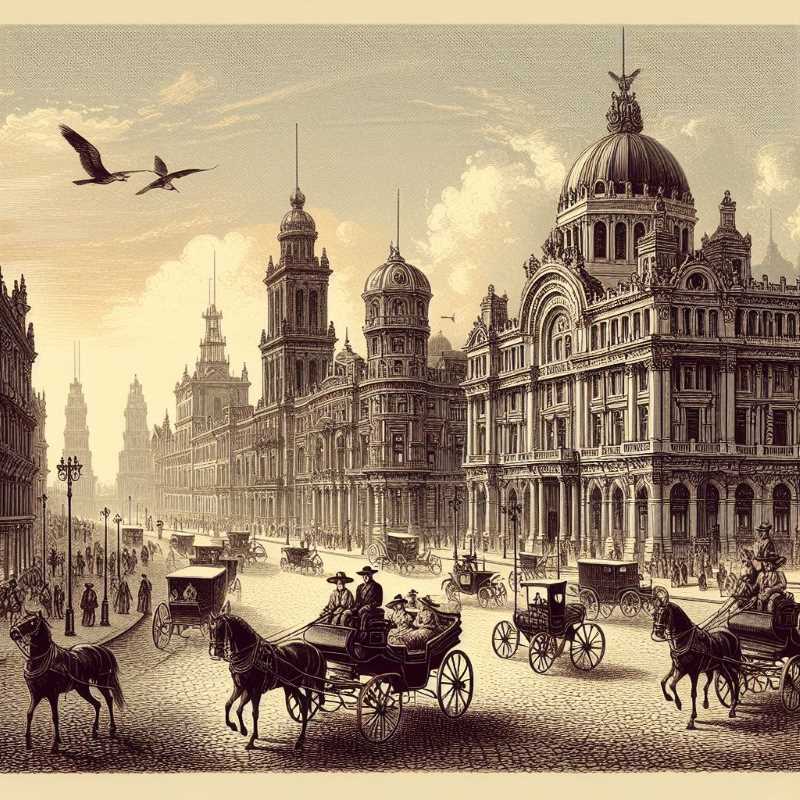How Mexico Charmed (and Challenged) Europe in 1858
Step into 19th-century Mexico through Marcos Arróniz's 'The Traveler's Manual.' This guide, penned in 1858, unveils a rich history of ancient wonders, city life, social customs, and literary luminaries, shaping the early roots of Mexican tourism.

It's 1858, and Mexico, barely 50 years free from colonial shackles, is ready to charm the world (or at least Europe). Enter Don Marcos Arróniz, poet, activist, Byron fangirl, and the architect of Mexico's first-ever tourist manual Manual del Viajero en Méjico (“The Traveler's Manual in Mexico”).
Imagine a Lonely Planet, but written by a 19th-century dandy with a dash of social critique and a healthy dose of “Europe, please love us!”. Forget tacos and tequila, Arróniz's Mexico is all about chinampas (those Aztec floating gardens, like Venice but weirder), mysterious hieroglyphics, and opera houses with more chandeliers than a disco ball.




